Introduction to Plums
Plum, often regarded as a mere stone fruit, holds within its velvety skin a plethora of health benefits, culinary uses, and delightful recipes that elevate both taste and well-being. In this comprehensive guide, we delve into the diverse benefits, versatile applications, popular varieties, and mouthwatering recipes that make plum a powerhouse in the culinary world.
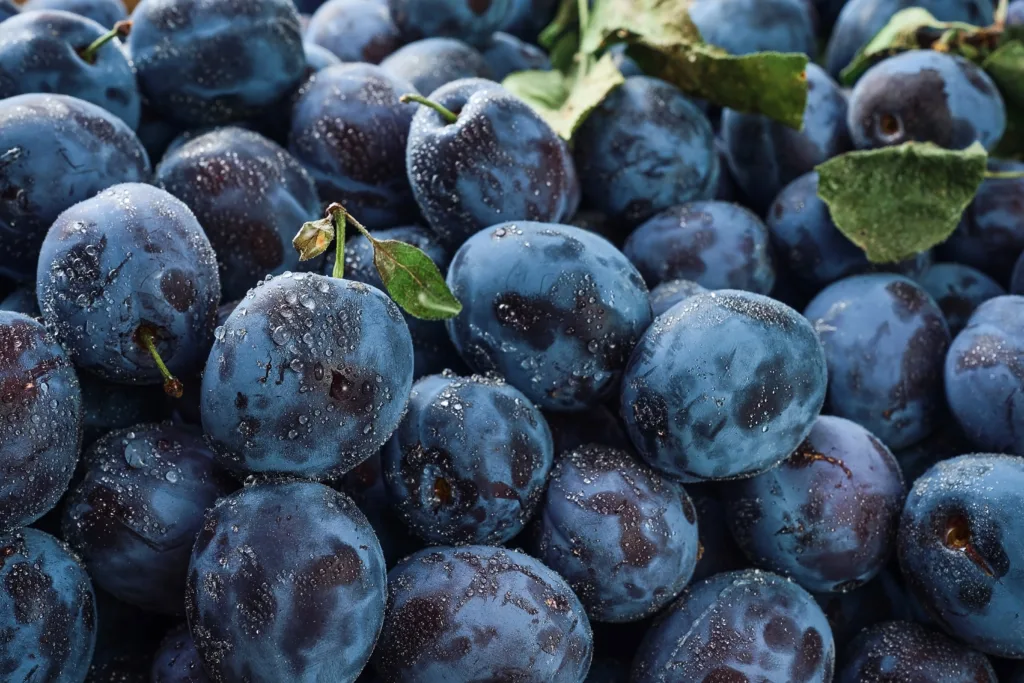
Nutritional profile of Plums
Plums, scientifically classified under the genus Prunus, are not only delicious but also pack a punch when it comes to nutrition. Rich in essential vitamins, minerals, and antioxidants, plums contribute significantly to a balanced diet. Here’s a snapshot of their nutritional profile:
- Vitamin C: Plums are abundant in vitamin C, a potent antioxidant known for its role in boosting immunity and promoting healthy skin.
- Fiber: A single plum contains a noteworthy amount of dietary fiber, aiding digestion and promoting gut health.
- Vitamin K: Essential for blood clotting and bone health, vitamin K is found in appreciable quantities in plums.
- Antioxidants: Plums boast an array of antioxidants, such as phenolic compounds and flavonoids, which help combat oxidative stress and reduce the risk of chronic diseases.
- Potassium: Plums are a good source of potassium, an electrolyte crucial for maintaining fluid balance, regulating blood pressure, and supporting muscle function.
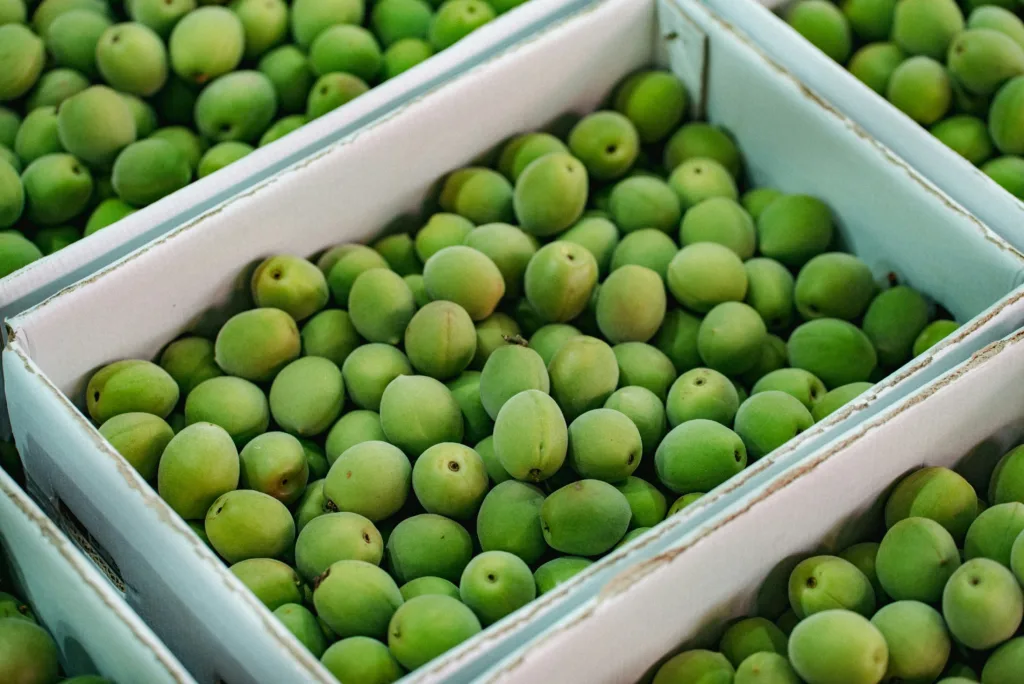
Popular Varieties of Plums
Plums come in a wide range of varieties, each with its own unique flavor, texture, and color. Some of the most popular varieties include:
- Santa Rosa: Known for its vibrant reddish-purple skin and sweet-tart flavor, Santa Rosa plums are excellent for fresh eating and culinary purposes.
- Black Amber: With its deep purple-black skin and juicy, sweet flesh, Black Amber plums are prized for their rich flavor and versatility in both sweet and savory dishes.
- Stanley: These blue-black plums are renowned for their firm texture and slightly acidic taste, making them ideal for jams, preserves, and baking.
- Satsuma: Characterized by their red skin and sweet, juicy flesh, Satsuma plums are perfect for snacking and adding a burst of color to salads and desserts.
- Elephant Heart: Named for their distinctive heart shape and deep crimson skin, Elephant Heart plums boast a sweet and tangy flavor, perfect for eating fresh or using in jams and sauces.
Health Benefits of Plums
The consumption of plums offers a myriad of health benefits, making it a valuable addition to any diet. Let’s explore some of the remarkable advantages:
- Heart Health: The fiber, potassium, and antioxidants present in plums contribute to cardiovascular health by lowering blood pressure, reducing cholesterol levels, and preventing the oxidation of LDL cholesterol.
- Digestive Wellness: Thanks to their high fiber content, plums aid in digestion, alleviate constipation, and promote regular bowel movements, thus supporting gastrointestinal health.
- Bone Strength: Vitamin K, along with other minerals like calcium and magnesium found in plums, plays a pivotal role in maintaining bone density and reducing the risk of osteoporosis.
- Weight Management: With their low calorie and high fiber content, plums can help in weight management by promoting satiety and curbing cravings.
- Skin Health: The abundance of vitamin C in plums contributes to collagen production, promoting skin elasticity and combating the signs of aging.
- Vision Protection: Plums contain antioxidants like lutein and zeaxanthin, which are beneficial for eye health and may help reduce the risk of age-related macular degeneration.

Culinary Delights of Plums
Beyond their nutritional value and variety, plums lend themselves to an array of culinary creations, ranging from sweet to savory. Here are some creative ways to incorporate plums into your culinary endeavors:
1. Plum Compote
A simple yet delightful accompaniment, plum compote can be prepared by gently simmering sliced plums with a touch of sugar and cinnamon until they form a luscious, syrupy consistency. Serve it over pancakes, yogurt, or ice cream for a burst of flavor.
2. Grilled Plum Salad
Elevate your salad game by incorporating grilled plums into a bed of mixed greens, along with goat cheese, toasted nuts, and a drizzle of balsamic vinaigrette. The smoky sweetness of the plums adds depth to this refreshing dish.
3. Plum Galette
Impress your guests with a rustic plum galette, made by encasing sliced plums in a buttery pastry crust and baking until golden brown. Serve warm with a dollop of whipped cream for a delightful dessert experience.
4. Plum Glazed Pork
Transform ordinary pork chops into a gourmet delight by glazing them with a tangy plum sauce made from pureed plums, balsamic vinegar, honey, and a hint of Dijon mustard. The sweet and savory combination is sure to tantalize your taste buds.
Conclusion: Embracing the Versatility of Plum
The humble plum emerges as a versatile fruit that not only tantalizes the taste buds but also nourishes the body and soul with its abundance of health benefits, diverse varieties, and culinary possibilities. Whether enjoyed fresh, cooked, or preserved, plums continue to captivate food enthusiasts worldwide with their irresistible charm. So, the next time you spot this jewel-toned fruit at the market, seize the opportunity to unlock its boundless potential and embark on a culinary journey filled with flavor and wellness.
Topics covered:
- What are Plums OR What is Plum?
- What is nutritional profile of Plums?
- Verieties of Plums?
- Uses of Plums.

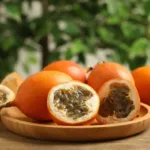
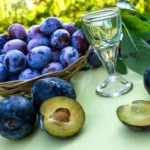
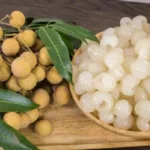
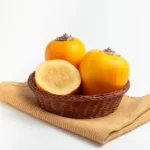


6 thoughts on “Plums: Health Benefits, Recipes, Varieties and Culinary Uses”